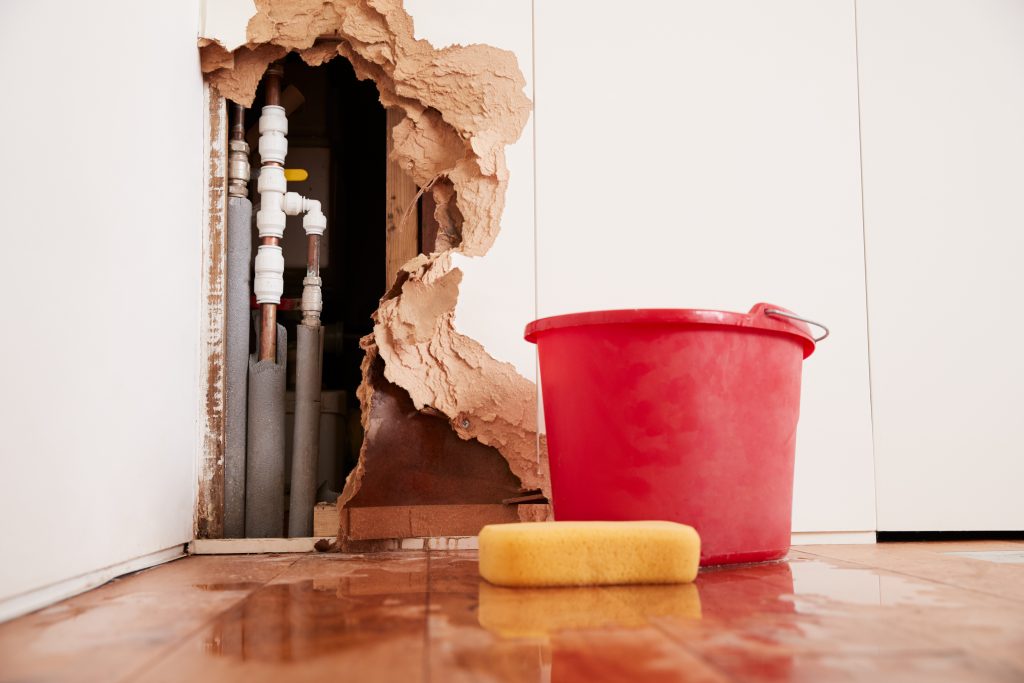The content down below on the subject of Locating water leaks is pretty much motivating. Read it for your own benefit and see what you think about it.

The moment you discover a leakage, calling your plumber for fixings is the very best option. Some little water leaks may not be visible. Below are some hacks that help if you can not find it with your naked eyes.
Early discovery of dripping water lines can reduce a prospective disaster. In addition to saving you money, it will minimize the aggravation and irritation.
Examine Water Consumption
Evaluate your water bills and also track your water intake. As the one paying it, you should notice if there are any inconsistencies. If you identify sudden changes, in spite of your usage coinciding, it means that you have leakages in your plumbing system. Bear in mind, your water expense ought to drop under the exact same range monthly. A sudden spike in your costs suggests a fast-moving leak.
A consistent rise every month, even with the same routines, reveals you have a slow-moving leakage that's additionally gradually rising. Call a plumber to thoroughly check your property, especially if you feel a warm location on your flooring with piping underneath.
Examine the scenario and inspect
Homeowners must make it a practice to inspect under the sink counters and also even inside closets for any kind of bad odor or mold growth. These 2 red flags indicate a leakage so punctual interest is needed. Doing routine evaluations, even bi-annually, can conserve you from a significant issue.
Take A Look At the Water Meter
Inspecting it is a surefire method that helps you uncover leaks. If it relocates, that indicates a fast-moving leak. This suggests you may have a sluggish leakage that could also be below ground.
Asses Exterior Lines
Don't forget to check your outdoor water lines too. Ought to water seep out of the connection, you have a loosened rubber gasket. One tiny leakage can squander tons of water as well as increase your water bill.
Do a Food Coloring Test
When it comes to water intake, 30% comes from bathrooms. If the color in some way infiltrates your bowl during that time without flushing, there's a leakage in between the storage tank and dish.
If you know your house is already old, maintain a careful eye on your heating units, hoses, pipelines and so on. Check for stainings and also deteriorating as many pipelines and devices have a life span. They will certainly likewise normally weaken as a result of tear and put on. If you suspect dripping water lines in your plumbing system, don't await it to intensify. Call a professional plumber today so you don't end up with an awful mess in your house.
The minute you find a leakage, calling your plumber for repair work is the best option. Some small water leaks might not be noticeable. Examining it is a guaranteed means that helps you find leakages. One little leak can throw away heaps of water and surge your water costs.
If you suspect leaking water lines in your plumbing system, do not wait for it to escalate.
How to Know If Your Home Has a Hidden Leak
Water Meter Reveals Inexplicable Water Usage
If you’d like to test whether or not there’s a leak somewhere in your home, you can do this using your water meter. Here is how to conduct the test:
Don’t use any water in your home for at least 30 minutes; this also means not turning on faucets or water-using appliances.
Go outside, and check your water meter for activity.
If your water meter shows that there was activity, even though no one was using any water, this proves that there is a leak in your home.
Visible Mold or Mildew Growth
Leaks behind walls create moist, dark environments that allow mold and mildew to grow and thrive. Eventually, you might see mold growth forming on the wall closest to a hidden leak.
If mold is growing in an area that receives a high amount of moisture, such as a bathroom, it may simply be an indication that better ventilation is needed. However, if you see mold growth on a wall or the ceiling in an area where you would not expect, you probably have a hidden leak.
Musty, Mildew Odor
Sometimes you might not be able to see the mold or mildew that is growing as a result of a leak. However, the smell can give the problem away just as easily. If you catch a whiff of something musty, there’s a good chance that old water is collecting somewhere in your home that you can’t see.
Stained/Warped Walls, Ceilings, or Floors
When your home soaks up water, a variety of red flags can become visible, including ceiling stains, bubbling drywall, warped walls, and sagging floors. While these issues can be caused by excess humidity, they can also be signs that a pipe or plumbing connection has started leaking behind your walls.
Inexplicably High Water Bill
After a while, you get a general sense for what your water bill should be. If you own a pool or sprinkler system, your bill will tend to be higher during summer. However, if you receive a water bill that seems especially high, and you can’t figure out what caused it, then you may have a hidden leak somewhere that’s increasing your bill.
https://www.plumbingjoint.com/blog/2019/july/how-to-know-if-your-home-has-a-hidden-leak/

I recently found that post on Detecting hidden plumbing leaks when browsing on the search engines. Liked our piece of writing? Please share it. Help somebody else locate it. I love reading our article about Locating water leaks.
Comments on “6 Ways to Discover Hidden Water Leakages in Your Home”